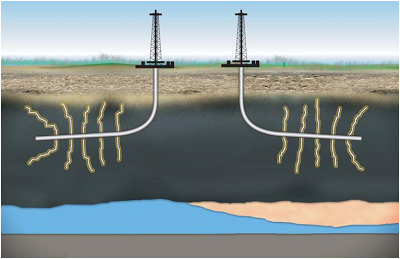
In December 2010, Northstar 1, a well built to pump wastewater produced by fracking in the neighboring state of Pennsylvania, came online. In the year that followed seismometers in and around Youngstown recorded 109 earthquakes; the strongest being a magnitude 3.9 earthquake on December 31, 2011.
The study authors analyzed the Youngstown earthquakes, finding that their onset, cessation, and even temporary dips in activity were all tied to the activity at the Northstar 1 well. The first earthquake recorded in the city occurred 13 days after pumping began, and the tremors ceased shortly after the Ohio Department of Natural Resources shut down the well in December 2011.
Dips in earthquake activity correlated with Memorial Day, the Fourth of July, Labor Day, and Thanksgiving, as well as other periods when the injection at the well was temporarily stopped.
“In recent years, waste fluid generated during the shale gas production – hydraulic fracturing, had been increasing steadily in United States. Earthquakes were triggered by these waste fluid injection at a deep well in Youngstown, Ohio during Jan. 2011 – Feb. 2012. We found that the onset of earthquakes and cessation were tied to the activity at the Northstar 1 deep injection well. The earthquakes were centered in subsurface faults near the injection well. These shocks were likely due to the increase in pressure from the deep waste water injection which caused the existing fault to slip,” said Dr. Won-Young Kim. “Throughout 2011, the earthquakes migrated from east to west down the length of the fault away from the well—indicative of the earthquakes being caused by expanding pressure front.”
Note : The above story is based on materials provided by Wiley Inc.










